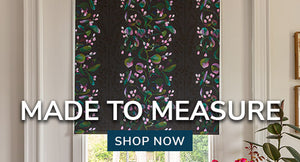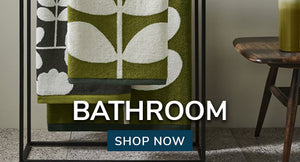Decorating do's and decorating dont's
Every building has its own character. When you buy a new property or take a step back from your current one and consider changing it, you give yourself the opportunity to develop that character in a way that will suit your own requirements.When it is decorated with sensitivity and confidence, the natural features of any home are enhanced, giving full expression to the taste and personality of the owner.

Choosing the right colours is the single most important decision you will make when designing any room scheme, and getting it wrong can be a costly mistake. There are thousands of different colours to choose from, so choosing the right ones that will combine well and look stunning in your home can seem a daunting task.
Fortunately there is some science to what will and won't work when it comes to choosing and combining colour. There are also set rules that interior designers apply when they are deciding which colour combinations to use and, with our colour guide, you'll soon be combining different tones and shades with all the confidence and flair of the professionals.
Decorating Do's
- Do make structural changes e.g. rewiring, re-flooring or building shelves etc before you start to decorate
- Do establish a budget - and try where possible to stick to it
- Do note all architectural details
- Do consider the functions of the room including:
- The time of day it will be used
- How many people are likely to use it at any time
- The amount of wear and tear it will receive
- The amount of time you can commit to maintaining it
- The location in relation to the rest of the house
- Its light sources, both natural and artificial> Storage
- Do experiment with sample boards - create a mood board. Collect colour samples, fabric swatches and pictures of furniture and arrange them all together so you can see at a glance if the colours, textures and styles all work
- Do select a signature colour and do add interest with texture and pattern
- Do be aware that the colours of one room will affect those around it
- Do take into account the needs and tastes of the others in the house
- Do choose three main colours such as three shades of the blue or a harmonious combination of blue and green
- Do decorate 70% of the room in your first colour (this can include the floor and walls); 20% in your second colour (this can include furniture); and 10% in the third (including accessories such as and throws)
- Do buy tester pots so you can try out paints colours. Try them in different areas of the room and look at them in varying lights.Paint on to small pieces of lining paper or card
Decorating Don'ts
- Do make structural changes e.g. rewiring, re-flooring or building shelves etc before you start to decorate
- Don't make guess - measure, compare and consider before you buy
- Don't be impractical - you will probably regret white carpet
- Don't mix and match colours before you have compared them as samples
- Don't stick to just one tint of a single colour - it can look boring or repetitive - use a lighter or darker shade of the same colour, a contrast or a harmonious (neighbouring) colour with your original colour choice
- Don't use equal amonts of different colours - it's very difficult to live with and can be overpowering - remember the rule of thumb percentage 70/20/10
- Don't rush or hurry! The more time you spend planning, the fewer costly mistakes you'll make. Introduce your new colour elements stage by stage
- Don't use a dark colour if you are unsure about it, darker colours are harder to hide or cover if you don't like them
- Don't use lots of black and purple - it will have sombre, oppressive effect
Printout this checklist and mini colour wheel and keep it with you while you research your ideas and samples.



























































